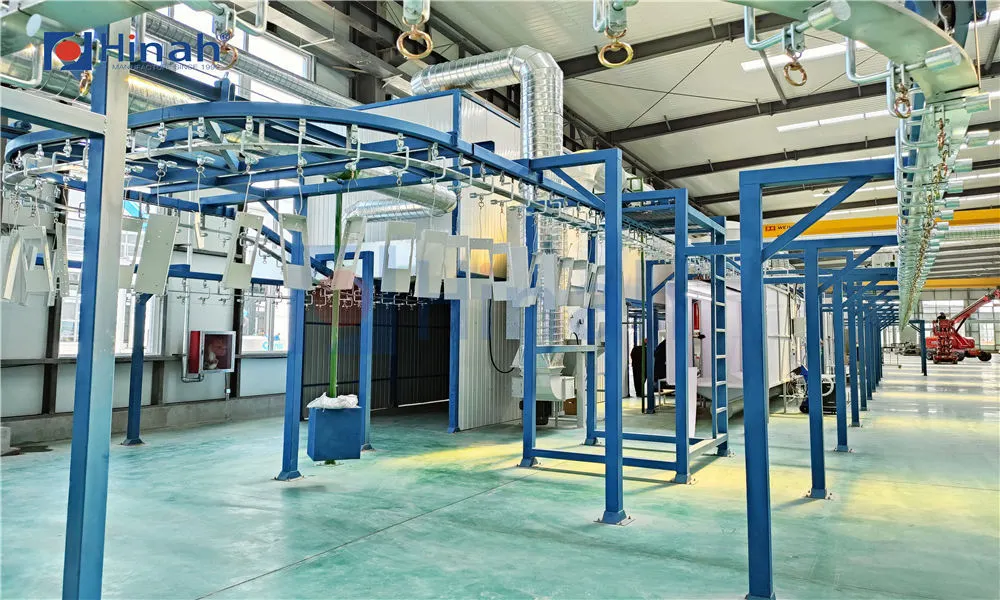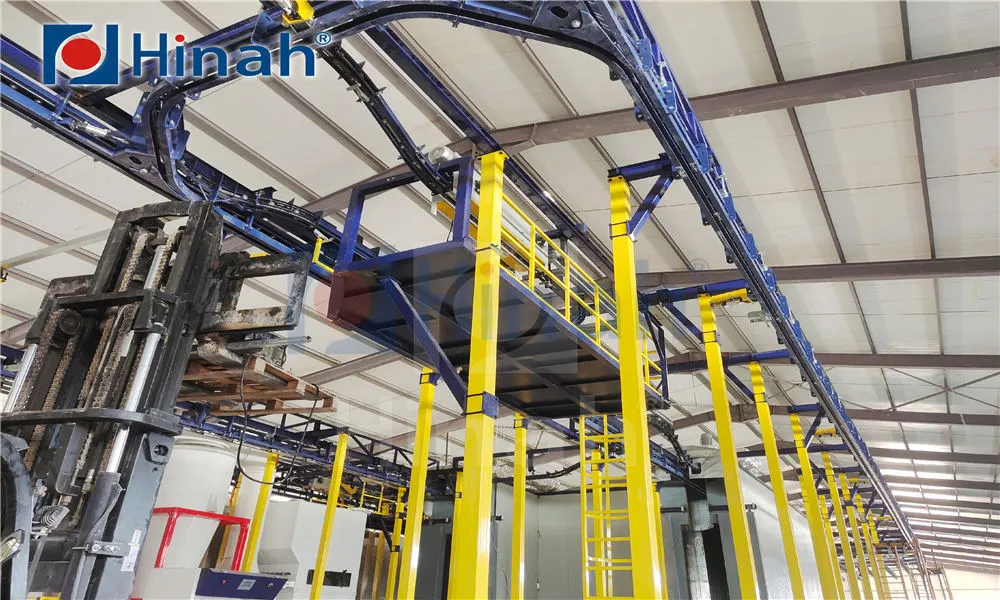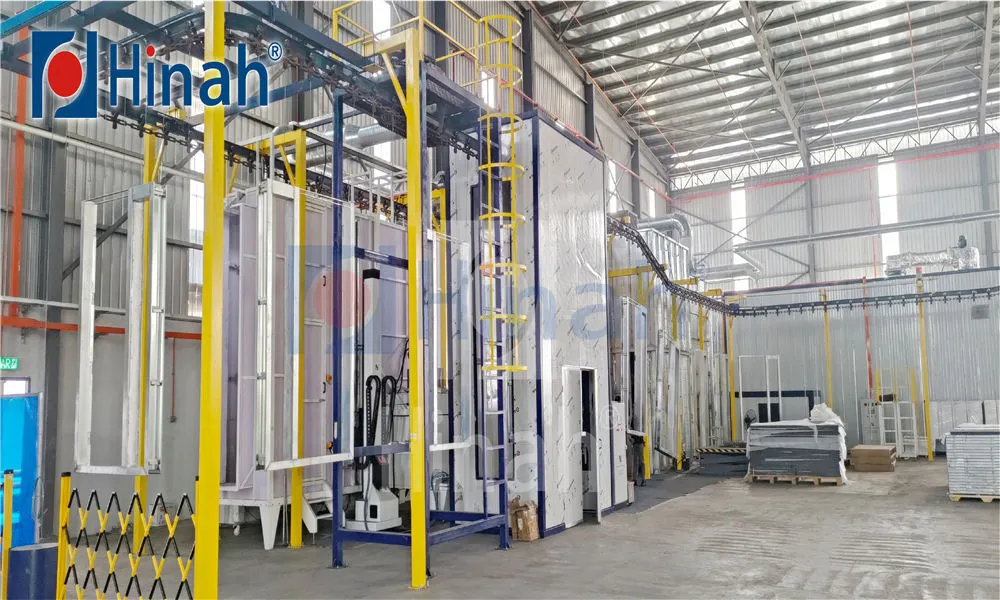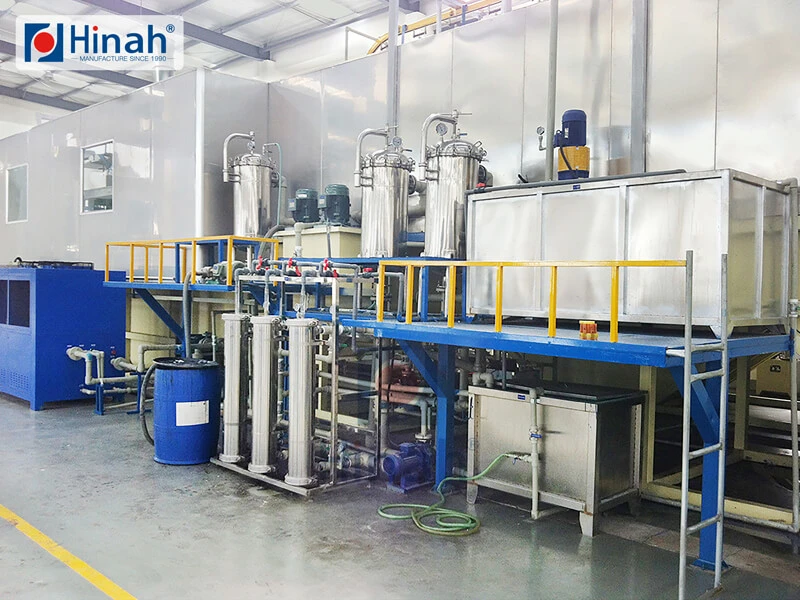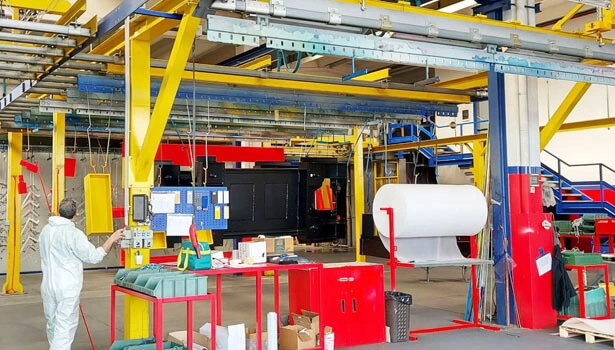If you've ever wondered how cars get that flawless, glossy finish or how household appliances obtain their durable, colorful coatings, the answer often lies in a crucial piece of equipment: the paint curing oven. This powerhouse of industrial finishing uses controlled heat to transform wet, fragile paint or powder coating into a hard, durable, and visually perfect surface. Whether you're an industry professional looking to optimize your production line or a hobbyist exploring a paint curing oven DIY project, understanding the intricacies of this technology is key. This article delves into the critical aspects of paint curing oven temperature, explores various designs like the infrared paint curing oven, and examines options from a small paint curing oven to a massive industrial paint curing oven.
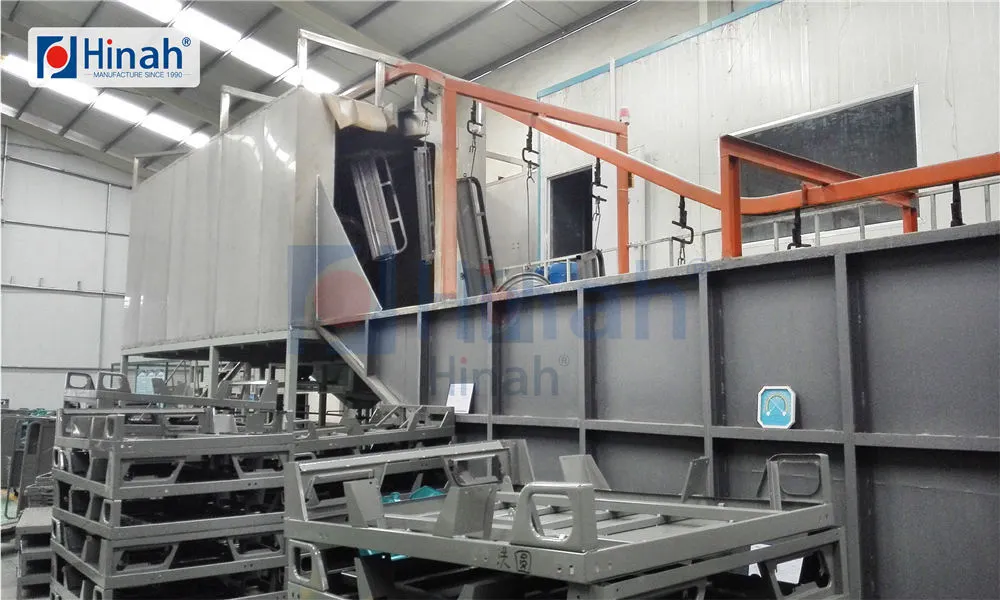
What is a Paint Curing Oven and Why is it Essential?
A paint curing oven is a heated enclosure designed to accelerate the drying and curing process of applied paints and powder coatings. Curing is more than just drying; it's a chemical process where cross-linking occurs within the coating's polymers, creating a tight, resilient molecular structure. This process dramatically enhances the coating's properties, including:
Durability: Resistance to scratches, chips, and abrasion.
Chemical Resistance: Protection against solvents, oils, and cleaners.
Aesthetic Quality: Achieving a smooth, high-gloss finish.
Longevity: Preventing premature fading, cracking, or peeling.
Without proper curing, even the highest-quality paint will fail to perform, making the oven an indispensable part of any serious finishing operation.
The Heart of the Process: Understanding Paint Curing Oven Temperature
Arguably, the most critical factor in the entire process is paint curing oven temperature. Getting it wrong can lead to catastrophic results, such as under-curing (a soft, sticky finish) or over-curing (brittleness, discoloration, and loss of properties).
The ideal temperature is not a single number but a curve that includes ramp-up, hold (soak), and cool-down phases. This curve is entirely dependent on the specific coating material being used.
Powder Coatings: Typically require temperatures between 300°F and 400°F (149°C - 204°C). The part itself must reach the manufacturer's specified temperature for a precise amount of time (e.g., 380°F for 10 minutes).
Solvent-Based Paints: Often cure at slightly lower temperatures, but require precise control to allow solvents to evaporate without causing surface defects like blistering or pinholing.
Water-Based Paints: Can be sensitive to heat ramps; too fast can trap water vapor, leading to issues. A slower, controlled temperature ramp is essential.
Modern industrial paint curing oven systems use sophisticated PLC controls to meticulously manage this temperature profile, ensuring every part is cured perfectly and consistently.
Design Principles: Exploring Paint Curing Oven Design
The efficiency and effectiveness of a curing oven are direct results of its paint curing oven design. Several design types exist, each with its own advantages and ideal applications.
1. Convection Ovens
These are the most common type of industrial paint curing oven. They work by heating air, which is then circulated around the parts using fans and baffles. This forced air circulation ensures even temperature distribution, which is vital for curing complex, three-dimensional objects uniformly. Designs can be batch (walk-in or truck-in) for low-volume production or continuous (monorail or conveyor) for high-volume lines.
2. Infrared (IR) Ovens
An infrared paint curing oven uses electromagnetic radiation to directly heat the part and the coating, much like the sun warms your skin. This is a highly efficient method as it transfers energy without heating the surrounding air.
Pros: Extremely fast ramp-up times, energy efficient for certain applications, and compact footprint.
Cons: Curing can be line-of-sight, meaning shadows or complex geometries may cure unevenly. Ideal for flat panels or simple shapes.
Many systems combine IR and convection technologies to leverage the speed of IR with the uniformity of convection.
3. Batch vs. Continuous Ovens
Batch Ovens: Ideal for custom shops or low-volume production. A small paint curing oven is often a batch oven. Parts are loaded into the oven, the cure cycle runs, and then the oven is unloaded.
Continuous Ovens: The backbone of high-volume manufacturing. Parts are continuously moved through the oven on a conveyor, with different zones for heating, soaking, and cooling. This design offers a consistent throughput and is highly automated.
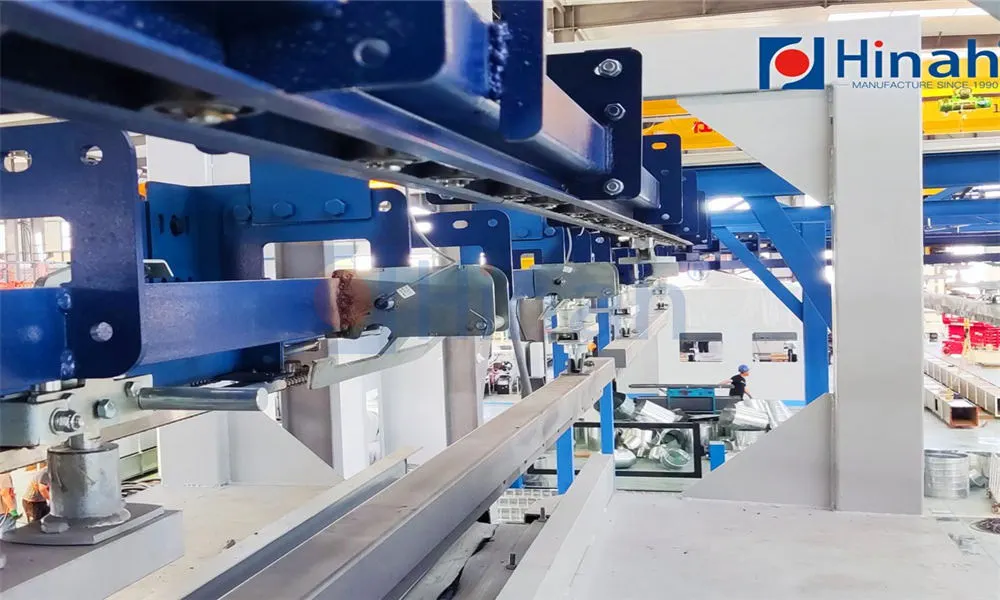
The DIY Route: Considerations for a Paint Curing Oven DIY Project
For automotive enthusiasts, artists, or small workshop owners, purchasing a new oven may be cost-prohibitive. This is where the paint curing oven DIY project comes in. Building your own oven requires careful planning and a focus on safety.
Key Components of a DIY Oven:
Insulated Enclosure: Often built from wood frames and insulated with mineral wool or fiberglass insulation (rated for high temperatures). Metal sheeting (like sheet steel) is used for the interior walls.
Heat Source: Electric heating elements are the most common choice for DIY projects due to their controllability. Gas burners are an option but introduce significant safety complexities.
Air Circulation: Critical for even heating. High-temperature fans are needed to move air within the chamber.
Temperature Control: A simple on/off thermostat is insufficient. A PID (Proportional-Integral-Derivative) controller is essential for achieving and holding a precise paint curing oven temperature.
Safety Systems: Over-temperature protection (a separate high-limit thermostat) and proper electrical wiring are non-negotiable to prevent fire hazards.
Warning: DIY projects involve high temperatures and significant electrical currents. Only attempt this if you have the necessary skills and always prioritize safety.
Finding the Right Fit: Small Paint Curing Oven for Sale
Not everyone needs a warehouse-sized oven. For small businesses, hobbyists, or those with limited space, a small paint curing oven is the perfect solution. These are typically batch ovens, available in benchtop or smaller walk-in configurations.
When searching for a small paint curing oven for sale, consider:
Chamber Size: Ensure it can accommodate your largest typical part.
Temperature Range: Must meet the requirements of the coatings you use.
Heat Source: Electric is common for smaller ovens.
Control System: Look for a digital controller with programmable profiles for repeatability.
Build Quality: Good insulation (4-inch walls are standard) is key for efficiency and safety.
Many reputable equipment manufacturers offer well-built, off-the-shelf small ovens that are a safer and more reliable alternative to a DIY build.
The Power of Powder: Special Note on Powder Paint Curing Ovens
Powder paint curing ovens operate on the same principle as other curing ovens but are absolutely critical to the powder coating process. Powder coating involves applying a dry, electrostatically charged powder to a grounded part. The part is then transferred to the oven, where the heat causes the powder to melt, flow, and then chemically cross-link to form a durable skin.
The evenness of heat in powder paint curing ovens is paramount. Any cold spots will result in incomplete flow and curing, leading to an orange-peel texture or poor adhesion. This is why the design and airflow within a powder coating oven are so carefully engineered.
Common Problems and Solutions with Paint Curing Ovens
Even the best equipment can encounter issues. Here are some common problems:
Under-curing/Over-curing: Almost always related to incorrect paint curing oven temperature or time.
Solution: Validate the oven's temperature with a calibrated thermometer. Verify the cure schedule with your coating supplier and adjust the controller accordingly.
Orange Peel (Powder Coating): A textured surface that resembles orange skin.
Solution: Often caused by uneven heating or too-rapid heating. Ensure proper airflow in the oven and adjust the temperature ramp rate if possible.
Blistering or Pinholing: Bubbles or tiny holes in the finish.
Solution: Typically caused by outgassing from the substrate (e.g., contaminants, moisture, or welds) or from solvents escaping too quickly. Ensure proper part cleaning and preheating. For solvents, a slower ramp-up can help.
Dust or Contaminants in Finish:
Solution: Check the oven's air filtration system. Ensure the oven is clean and that parts are not introduced into a dirty environment.
High Energy Costs:
Solution: Assess the oven's insulation for damage or wear. Consider upgrading to a more efficient system like an infrared paint curing oven for specific applications, or ensure door seals are tight to prevent heat loss.
From the massive industrial paint curing oven that finishes thousands of car bodies a day to the small paint curing oven that brings a hobbyist's project to life, this technology is the unsung hero of durable, beautiful finishes. Understanding the core principles of paint curing oven temperature, the differences in paint curing oven design (including the efficient infrared paint curing oven), and the practical considerations for powder paint curing ovens empowers you to make informed decisions. Whether you choose to search for a small paint curing oven for sale, embark on a cautious paint curing oven DIY project, or invest in a full-scale system, respecting the science of curing is the key to achieving a perfect, lasting finish every time.


